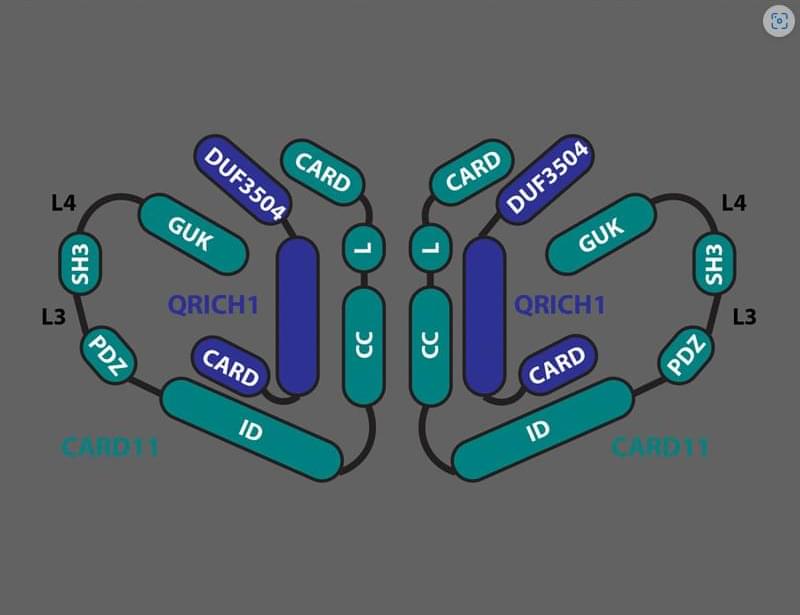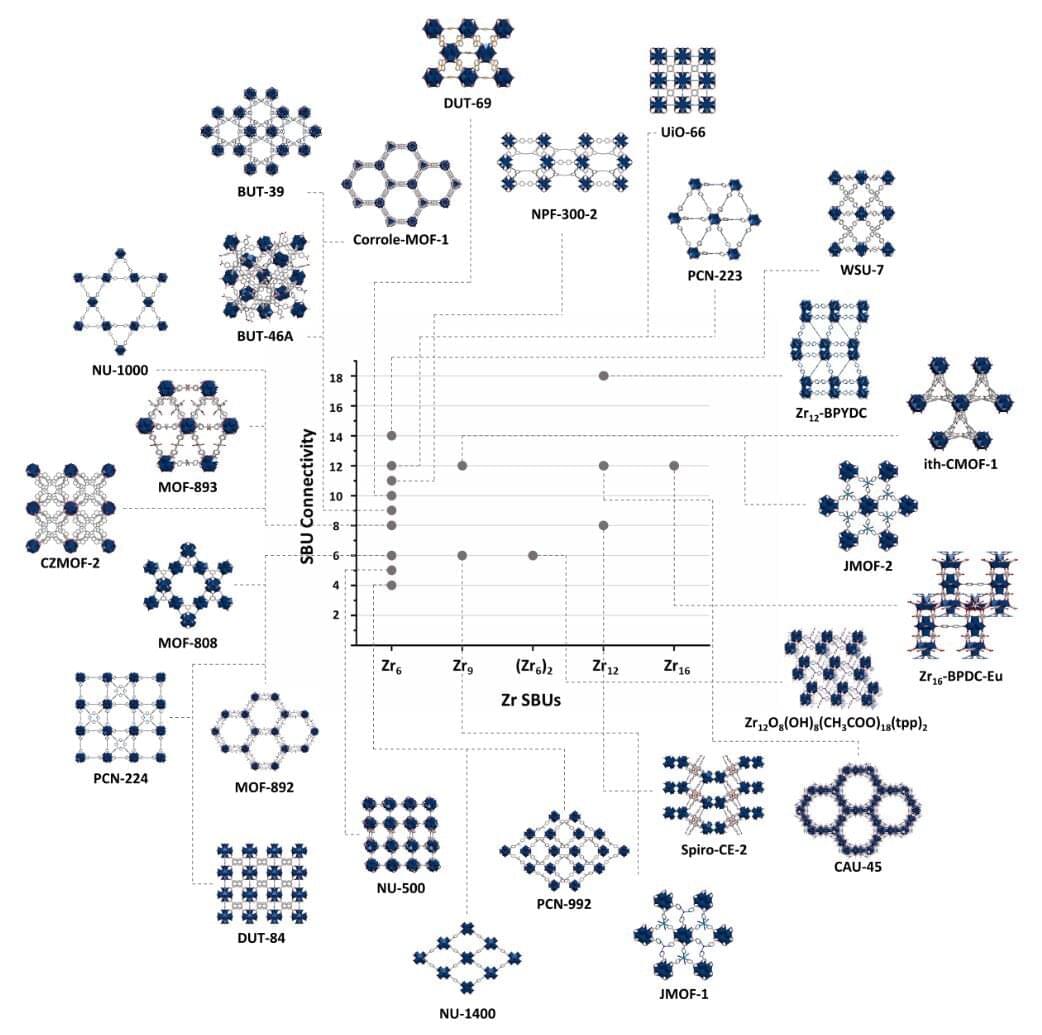Two critical mySCADA myPRO flaws (CVSS 9.3) allow remote command execution, threatening industrial control systems and requiring urgent patching.






Metal-organic frameworks (MOFs) have been gaining attention as promising carbon-neutral porous materials, thanks to their high performance in gas storage, separation, and conversion. The geometric building blocks of MOFs, metal clusters and organic linkers, allow chemists to predict and synthesize new structures like assembling LEGO. However, finding new metal building blocks is still a daunting challenge due to the complex nature of metal ions in synthesis.
A research team, led by Professor Wonyoung Choe at Ulsan National Institute of Science and Technology (UNIST), South Korea, was inspired by the molecular metal clusters previously synthesized before realized in porous materials. This implies one can predict future MOFs by looking closely at their metal building blocks.
The research team compared zirconium metal clusters found in both MOFs and molecules. Zirconium-based MOFs are one of the representative metal-organic porous materials with remarkable stability and a broad range of applications. The researchers identified seven types of zirconium building blocks in MOFs and discovered additional fourteen types of potential metal building blocks.

People think that Harry Potter, Spiderman and Gandalf would vote the same way they do, whereas Darth Vader, Cruella de Vil and Joffrey Baratheon would vote for the rival party.
New research from the University of Southampton shows how people in the UK and U.S. believe that fictional characters they admire would share their voting preferences, while those they dislike would vote the other way.
The paper “Heroes and villains: motivated projection of political identities” is published in Political Science Research & Method.

Distributed acoustic sensing (DAS)※1, which measures the strain on optical fibers installed on the seafloor, has enabled earthquakes to be observed along fiber optic cable transects, in contrast to the conventional observations using ocean bottom instruments. DAS observations were conducted on seafloor fiber optic cables offshore of Muroto, Japan to observe slow earthquakes※2 in the Nankai Trough region.
(ALD) by Professor Christophe Detavernier, Ghent University, Belgium at the HYCOAT Workshop \.
Thin Film Technology Lecture # 30
Common Deposition Methods for Thin Films in IC Fabrication:
Atomic Layer Deposition (ALD)
The lectures are for M.Sc., M. Phil and Ph.D. Students.

Since the general AI agent Manus was launched last week, it has spread online like wildfire. And not just in China, where it was developed by the Wuhan-based startup Butterfly Effect. It’s made its way into the global conversation, with influential voices in tech, including Twitter cofounder Jack Dorsey and Hugging Face product lead Victor Mustar, praising its performance. Some have even dubbed it “the second DeepSeek,” comparing it to the earlier AI model that took the industry by surprise for its unexpected capabilities as well as its origin.
S first general AI agent, using multiple AI models (such as Anthropic.
The new general AI agent from China had some system crashes and server overload—but it’s highly intuitive and shows real promise for the future of AI helpers.